- No products in the cart.
Rezolor Tab n / a film about 2mg 28 pc
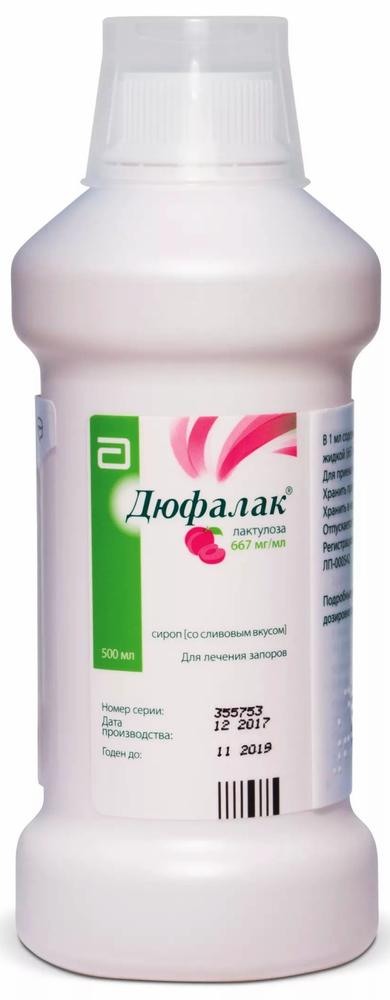
Dufalac syrup 667mg / ml fl.p 500ml / e bundled glass mer with plum flavor
$11.05
Bellalgin 10 pcs Table
$1.45
$52.22
Rezolor Tab n / a film about 2mg 28 pc
Description
Composition
Active substance:
prucalopride succinate 2,642 mg per 2 mg prucalopride.
Excipients:
Tablet Core: lactose monohydrate – 165.458 mg microcrystalline cellulose –
30,00 mg colloidal silicon dioxide – 0.40 mg magnesium stearate -1.50 mg, pink film coat 7.00 mg.
Composition of film coating pink in percentages by weight:
Hypromellose 6 cP – 40% colorant ferric oxide red (E172) – 0.09% titanium dioxide – 23.88% Macrogol 3000 – 8% triacetin – 6%, lactose monohydrate – 22%
indigo carmine (E132) – 0.02% iron oxide yellow dye (E172) – 0.01%.
Description:
Round biconvex tablets, film-coated pink. On one side – the engraving «PRU 2″. The cross-sectional core tablet white or nearly white.
Product form:
Tablets, film-coated, 2mg.
7 tablets in blister AL / AL. 4 blisters with instruction for use in a cardboard pack.
Contraindications
– Hypersensitivity to the active ingredient or any auxiliary substance.
– Renal impairment requiring dialysis.
– perforation or bowel obstruction due to anatomic or functional abnormalities of the intestinal wall, mechanical ileus, severe inflammatory bowel disease, e.g., Crohn’s disease,
ulcerative colitis and toxic megacolon / megarektum.
– Congenital lactase deficiency, lactose intolerance, glucose-galactose malabsorption.
Carefully
Use of the drug in patients with severe and clinically unstable concomitant diseases (liver, lung, cardiovascular,
neurological, endocrine diseases, mental disorders,
cancer, AIDS) has not been studied. Caution should be exercised when administering the drug Rezolor patients with such diseases. IN
Specifically, you should use the drug with caution in patients with cardiac arrhythmia or coronary heart disease in history.
Indications
Rezolor intended for the symptomatic treatment of chronic constipation in women in whom laxatives do not provide enough effect in eliminating symptoms.
Interaction with other drugs
In vitro data demonstrate poor ability to interact prucalopride, and in therapeutic concentrations, is unlikely to affect the enzyme system cytochrome implemented metabolism of the drugs simultaneously. Although prucalopride can weakly bind to P-glycoprotein (P-SE) at clinically relevant concentrations, it does not inhibit the activity (P-SE).
Potent inhibitor of CYP3A4 and P-glycoprotein ketoconazole at a dose of 200 mg 2 times a day increased the AUC (area under the curve “concentration-time”) of about prucalopride
40%. This effect is too small to be clinically meaningful, and most likely,
associated with the suppression of P-glycoprotein implemented by active transport prucalopride kidney. The same reaction as ketoconazole may also occur with other active P-glycoprotein inhibitors, e.g.,
verapamil, cyclosporine A and quinidine. Prucalopride, it is also likely to be transported in the kidney and other carriers. Theoretically, active inhibition of transporters involved in the secretion of active prucalopride kidney (including P-glycoprotein), can increase the level of systemic exposure to
75%.
Studies in healthy volunteers have shown no clinically significant effect of prucalopride on the pharmacokinetics of warfarin, digoxin, ethyl alcohol and paroxetine. With simultaneous use of prucalopride and erythromycin concentration of the latter in the blood plasma increased by 30%. The mechanism of this interaction is not fully understood, but evidence indicates that it most likely is not a result of direct action of prucalopride, and due to the high variability in the pharmacokinetics of erythromycin.
Probenecid, cimetidine, erythromycin and paroxetine in dosage did not affect the pharmacokinetics of prucalopride.
Rezolor drug should be used with caution in conjunction with drugs,
able to lengthen the interval QTc.
Atropinopodobnye agents can attenuate prucalopride effects mediated through HT4 receptors. Interactions with food have not been found.
Overdose
A study involving healthy volunteers showed that prucalopride is well tolerated with increasing dose up to 20 mg 1 time per day (10 times more than the recommended therapeutic dose). Overdose can cause symptoms associated with increased well-known side-effects, including headache, nausea and diarrhea. Specific antidote for the drug Rezolor does not exist. In the case of an overdose should be symptomatic and supportive therapy, if necessary. Most fluid loss due to diarrhea or vomiting may require correction of electrolyte balance disorders.
pharmachologic effect
Pharmacological group:
serotonin receptor stimulant
Pharmacodynamics:
Mechanism of action
Prucalopride – it digidrobenzofurankarboksamid, increases intestinal motility.
Prucalopride is a selective, high affinity agonist at 5HT4 – serotonin receptors that are likely to explain its action on intestinal motility.
Binding to other types of receptors in vitro was only observed at concentrations of substances above its affinity for HT4 – receptors at least 150 times.
Pharmacokinetics:
Suction:
Prucalopride is rapidly absorbed; after a single oral dose of 2 mg maximum concentration (Cmax) is reached after 2 -. 3 hour absolute bioavailability after oral administration is greater than 90%. Taking the drug with meals does not affect the bioavailability.
Distribution:
Prucalopride distributed throughout the body, the volume of distribution at steady state (Vdss) was 567 liters. Binding to plasma proteins is approximately 30%.
Metabolism:
Drug metabolism in human liver in vitro proceeds very slowly and produced only small amounts of metabolites. After oral administration of prucalopride 14Cmechennogo person in the urine and feces are found in small numbers 8 metabolites. The major metabolite (R107504, formed by O-demethylation of prucalopride and oxidation of the resulting alcohol to karboksikisloty) is less than 4% of the administered dose. As shown by studies with radiolabeled
about 85% of the drug remains unaltered; R107504 metabolite is present in plasma in a small amount.
excretion:
Most orally administered the dose of the active ingredient excreted unchanged (about 60% of the kidneys and at least 6% in the faeces). Excretion by the kidneys unchanged prucalopride involves passive filtration and active secretion. Clearance from plasma prucalopride averages 317 ml / min,
terminal half-life – about 1 day. The equilibrium state is reached after 3 – 4 days of dosing, wherein when receiving prucalopride 2 mg 1 time per day minimum and maximum plasma concentration at steady state of 2.5 and 7 ng / ml, respectively. When receiving 1 per day coefficient k
formulation ranges from 1.9 to 2.3. prucalopride linear pharmacokinetics is dose-dependent in the range of up to 20 mg / day. Chronic administration of the drug once a day one of its pharmacokinetics is not dependent on the duration of reception.
Specific categories of patients:
population pharmacokinetics
The population pharmacokinetic analysis showed that total clearance of prucalopride is correlated with creatinine clearance, and is independent of age, body weight, sex or race of the patients.
elderly patients
Before the drug elderly patients at a dose of 1 mg 1 time per day prucalopride maximum concentration in plasma (Cmax) and area under the curve “kontsentratsiyavremya» (AUC) were 26% and 28% greater than in younger patients.
This difference may be due to the weakening of kidney function in the elderly.
Renal function
Compared to patients with normal renal function in patients with mild (creatinine clearance of 50-79 ml / min) and moderate (CC 25-49 ml / min)
impaired renal function prucalopride concentration in blood plasma after a single dose of 2 mg has been increased by 25% and 51% respectively. In
patients with severe renal impairment (creatinine clearance less than 24 mL / min)
prucalopride concentration in plasma was 2.3 times higher than in healthy individuals.
Abnormal liver function
About 35% of prucalopride is displayed on extra so impaired function of the liver is unlikely clinically significant change the pharmacokinetics of the drug.
Children
After a single oral administration of prucalopride in a dose of 0.03 mg / kg in children aged 4 – 12 years, the maximum concentration (Cmax) of the drug was the same as after dosing adults in a dose of 2 mg, and the area under the curve “concentration-time”
(AUC) unbound fraction of the drug was 30 – 40% lower than in adults, and is not dependent on the age of the children. The average half-life of the drug in the terminal phase of children about 19 h (range 11.6 – 26.8 h).
Pregnancy and breast-feeding
Pregnancy
Experience in the use of prucalopride during pregnancy is limited. In clinical trials, cases of miscarriage registered, although, given the presence of other risk factors, the relationship of these phenomena with the use of prucalopride remains unproven.
Studies in animals did not reveal any direct or indirect adverse effects on pregnancy, embryo / fetus, childbirth and the postnatal development of the offspring. Rezolor drug is not recommended for use during pregnancy. During treatment prucalopride women, fertility,
You should use adequate contraception.
Breastfeeding
Prucalopride derived from breast milk, but when used in therapeutic doses it hardly affects the newborns / infants. Due to lack of data on the use of the drug in nursing mothers is not recommended for use during breast-feeding
Conditions of supply of pharmacies
Prescription.
side effects
The most common adverse reactions when using the drug Rezolor were headache and unwanted reaction from the gastrointestinal tract (abdominal pain, nausea, diarrhea), each of which was observed in approximately 20% of patients.
Adverse reactions were developed mainly in the beginning of the treatment, and typically disappears after a few days without requiring discontinuation of treatment. Other adverse reactions have been observed occasionally. The majority of adverse reactions were mild unwanted or moderate severity.
With the recommended dose of 2 mg prucalopride in clinical studies following account adverse reactions, frequency of which is designated as:
Very common (> 1/10)
Often (> 1/100, 1/1000, 1/10000,
On the part of the central nervous system
Very common: headache;
Common: dizziness;
Uncommon: tremor.
Cardio-vascular system
Uncommon: palpitations.
On the part of the gastrointestinal tract
Very common: nausea, diarrhea, abdominal pain;
Common: vomiting, dyspepsia, rectal haemorrhage, flatulence, abnormal bowel sounds;
Uncommon: anorexia.
With the genitourinary system
Common: pollakiuria.
Are common
Common: weakness;
Uncommon: fever, malaise.
special instructions
The primary route of elimination of prucalopride – through the kidneys. For patients with severe renal impairment recommended dose is 1 mg.
In severe diarrhea may decrease the effectiveness of oral contraceptives, it is recommended to use additional methods of contraception to avoid reducing the effectiveness of oral contraceptives (see. For the use of oral contraceptives instructions).
Impaired function of the liver is unlikely clinically significant effect on the metabolism and the level of systemic exposure to prucalopride in humans. Data on the use of the drug in patients with mild, moderate, or severe hepatic impairment have therefore a lower dose is recommended for patients with severe hepatic impairment.
The drug contains lactose monohydrate, and the drug should not be taken in patients with congenital lactase deficiency, lactose intolerance or glucose-galactose malabsorption.
For prucalopride was not revealed any rebound phenomenon nor the development of dependence.
Study of the effect of prucalopride on QT interval in the therapeutic (2 mg) and supraterapevticheskih (10 mg) dosages showed no significant differences compared with placebo in QT interval values. The frequency of adverse events associated with QT interval, and ventricular arrhythmias was low and comparable to that with placebo.
Ability to conceive
Studies in animals did not reveal any effect of the drug on the fertility of animals, male and female.
Effect on the driving ability and other mechanical means
Studies of the effect of prucalopride on the ability to drive and has not been moving mechanisms. In some cases, use of the drug
Rezolor been associated with dizziness and weakness of the development, especially in the first days of treatment, which may affect the ability to drive and moving machinery.
Storage conditions
Stored in original package at a temperature not higher than 25 ° C.
Keep out of the reach of children.
Store in the original package to protect from moisture.
Dosing and Administration
The drug is taken orally with or without food, at any time of the day.
Adults: 2 mg 1 time a day.
Elderly (over 65 years): 1 start with 1 mg once a day, if necessary, increase the dose to 2 mg 1 time a day.
Children and adolescents: Rezolor not recommended for use in children and adolescents under the age of
18 years.
Patients with impaired renal function: the severely impaired renal function (glomerular filtration rate of less than 30 ml / min / 1.73 m2) dose is 1 mg 1 time per day. For patients with mild and moderate renal function violation correction dose is not required.
Patients with hepatic dysfunction: with severe hepatic dysfunction (Class C
of Child-Pugh) the dose is 1 mg 1 time per day. For patients with slight and moderate hepatic dysfunction dose adjustment is required.
Because of its specific mechanism of action of prucalopride (stimulation of intestinal motility) increase in the daily dose of 2 mg is unlikely to lead to increased effect.
If the reception of prucalopride 1 time a day for 4 weeks, no effect, it is necessary to re-examine the patient and determine whether to continue treatment.
Information
Appearance may differ from that depicted in the picture. There are contraindications. You need to read the manual or consult with a specialist
Additional information
| Weight | 0.100 kg |
|---|---|
| Manufacturer | Janssen Pharmaceutica |

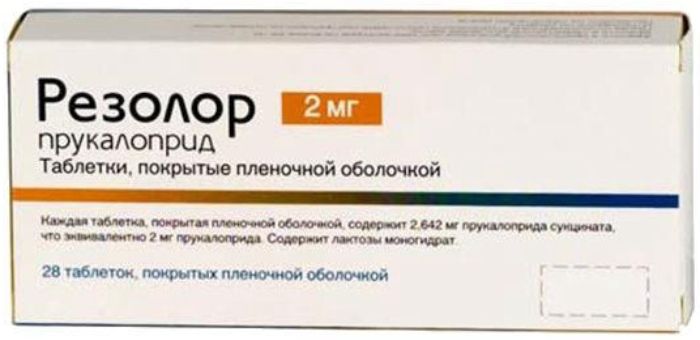

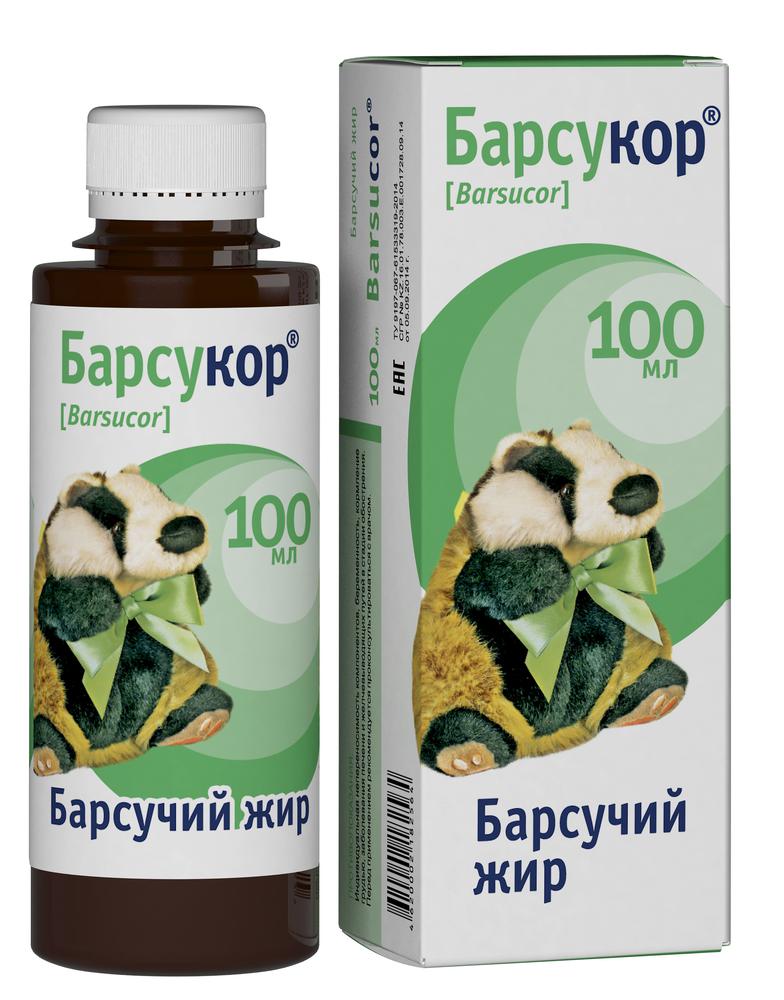
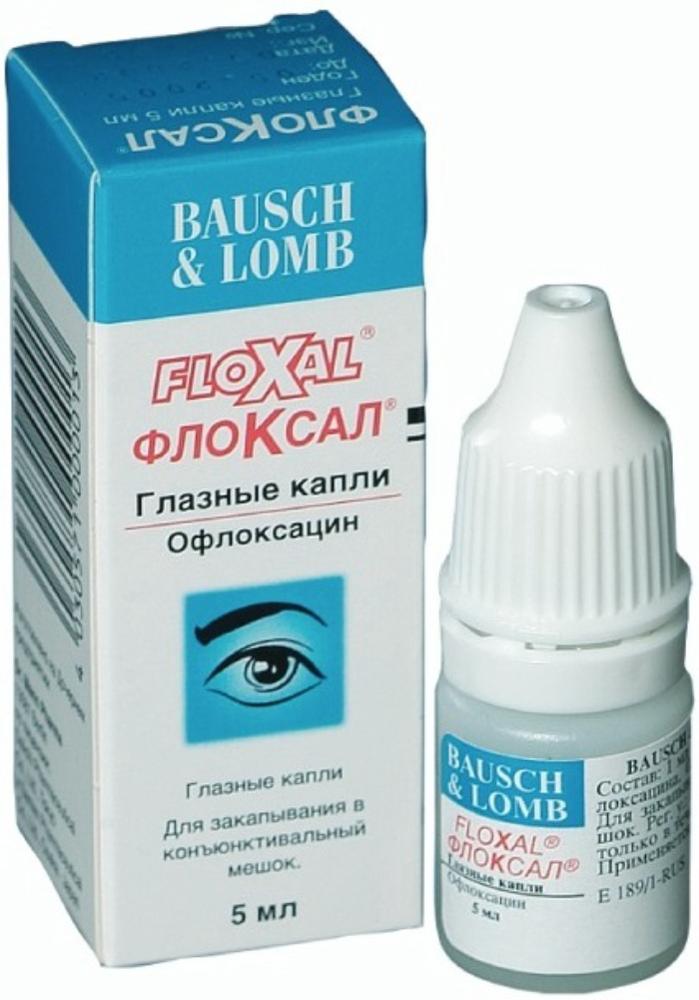


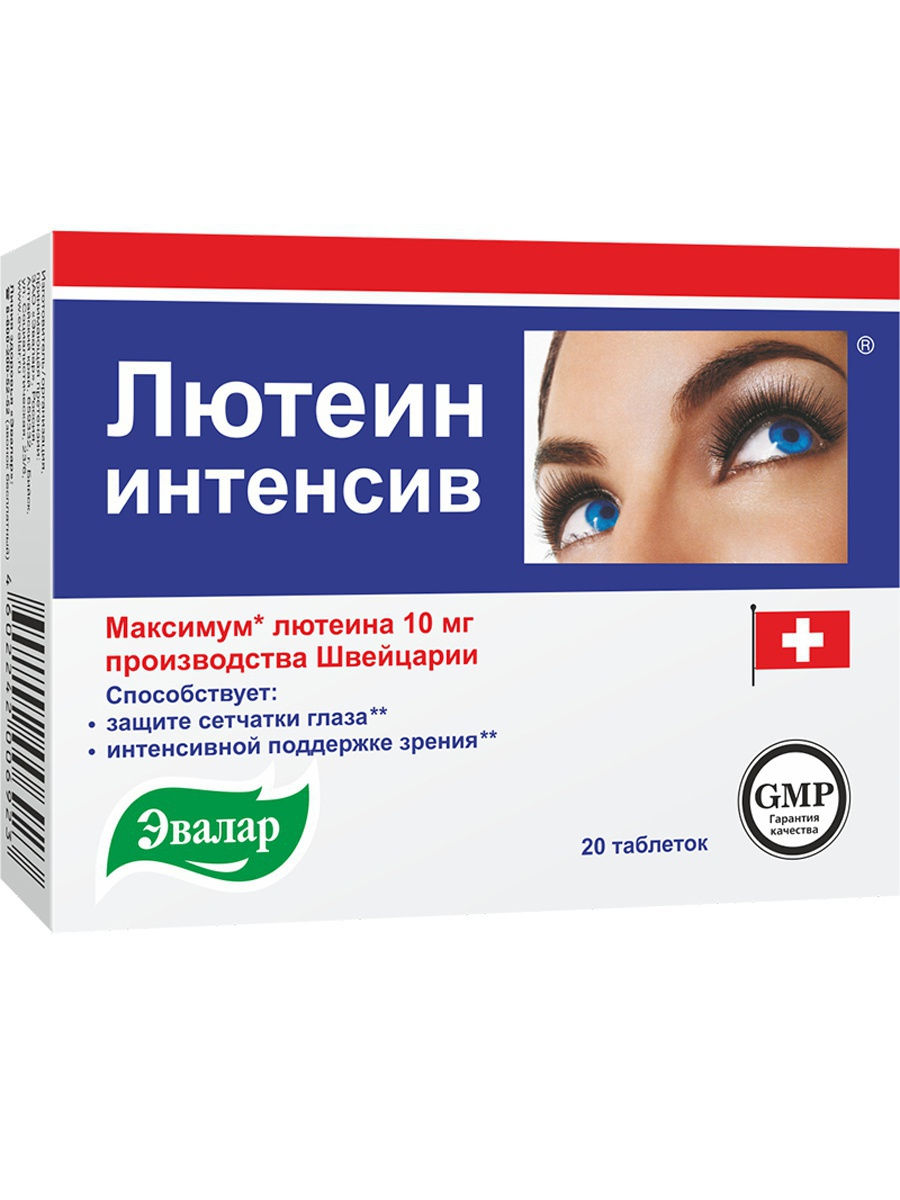




There are no reviews yet.